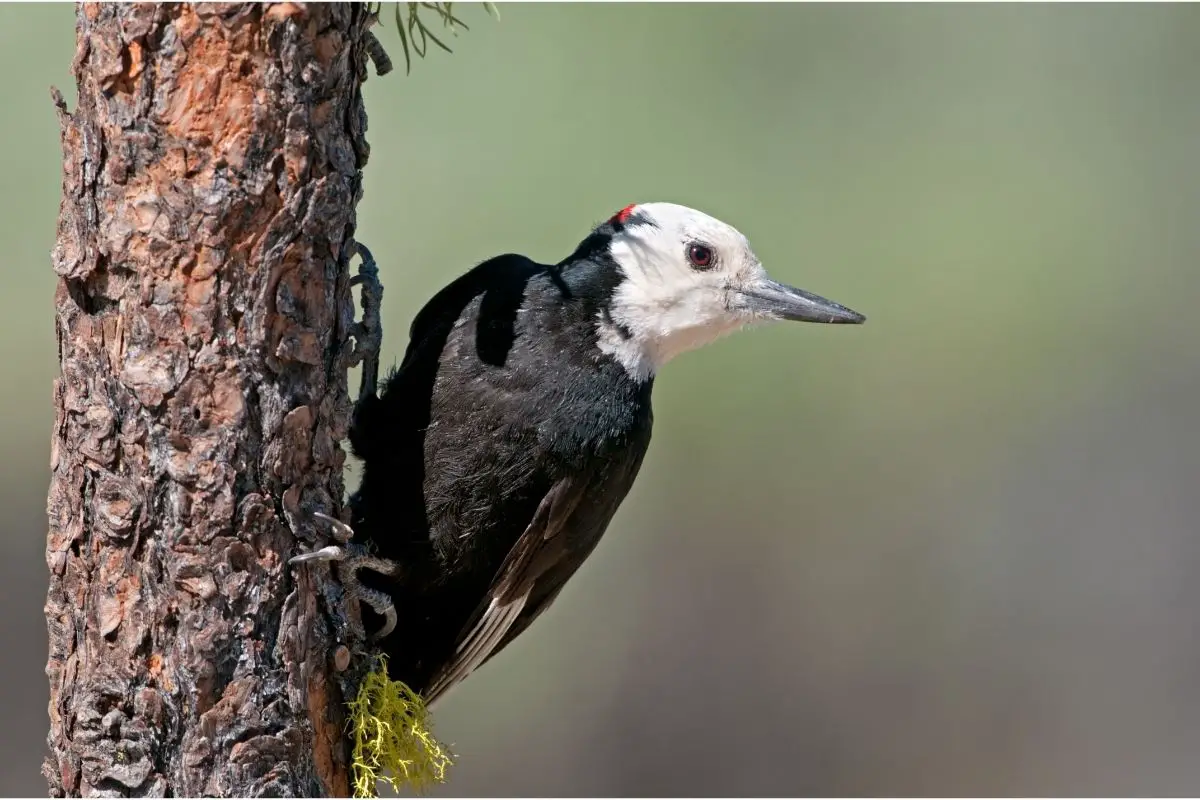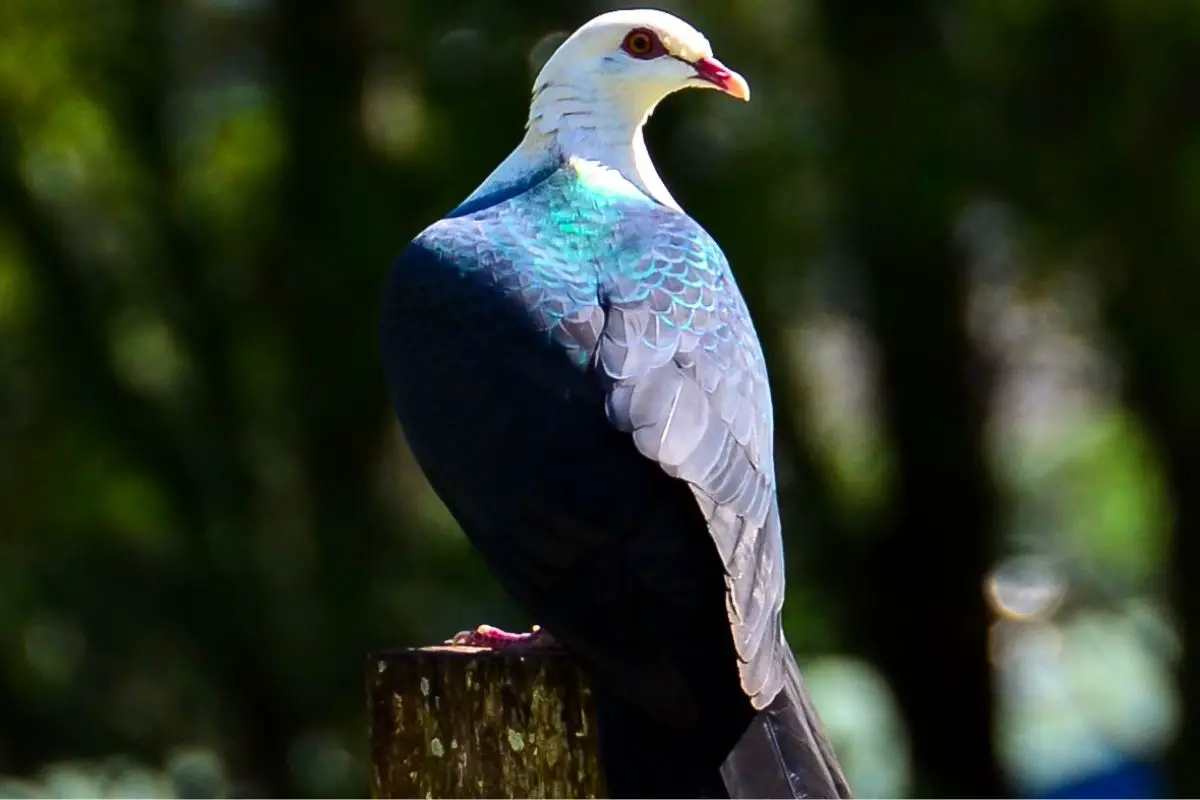Black Birds With White Heads (Photos & Key Facts)
Do you love nothing more than spending the day in your favorite bird watching spot? Whether you’ve been bird watching for many years or you’ve just recently taken it up as a hobby, there’s likely going to come a time when you are unable to identify a species of bird.

Even though the black bird is a common bird that is seen across many areas of the world, if you’ve happened to discover a black bird with a distinctive and striking white head – you might currently be wondering what type of bird it is that you saw, and this is where we come in to lend a helping hand.
Below, we are going to be helping you identify the bird that you saw, as well as share some helpful tips and tricks along the way to help you better identify birds in the future. Whenever you’re ready, let’s begin!
Black Bird with White Head: What Kind of Bird is it?
As we have already mentioned above, black birds are a common occurrence throughout the world, so if you have happened to spot one with a white head, then it should only make sense that you should currently be scratching your head on what kind of bird you saw.
Even though there are quite a few different types of birds out there that have a black and white coloring, it is more than likely that the type of bird that you spotted was a variation of the black bird, known as the Partial Albino Blackbird.
This particular condition is harmless and is usually caused by a variety of different factors, although the most common reason for a black bird to be partially albino is usually due to inheriting the gene from one or both parents.
On average, there are usually only 10 reported cases of partially albino blackbirds each year, so sightings of this variation of black bird is usually very rare.
With that being said, to help you gain a better understanding of whether or not the bird that you recently spotted happened to be a partially albino black bird, we are going to be breaking down some of the main characteristics of this variation of black bird below:
Size: The Partially Albino Black Bird will typically grow to around 24cm in length when it reaches full maturity, and will often have a wingspan of around 36cm.
Behavior: These birds are typically found residing in various towns and woodlands, and will often stick to themselves.
Their diet typically consists of insects and earthworms, and they can often be found foraging around for potential prey by hopping around various trees, bushes and other vegetation. In some instances, these birds will even eat fruit and berries!
Color: As we have already explained above, this species of bird is a variation of the common Black Bird.
For this reason, the Partially Albino Black Bird will often consist of black coloring with interspersed red blotches and streaks white that can sometimes reach the head – which might help to explain the bird that you saw.
Plus, due to the lack of melanin, these birds might also have pink eyes, too.
As a side note, it is also important to note that as it is very rare for a Black Bird to be partially albino, it means that the white coloring can often vary from bird to bird.
For this reason, while one black bird with this condition might feature an entirely black coloring across the body and have white feathering across the face, another black bird with this condition might contain random patches of white feathering all over its body.
Due to this, besides being a very rare condition, it is also a condition that is very unique to each bird, which means that the white coloring can typically be very different from one black bird to the next.
Tips for Identifying Unique Species of Birds

Now that we have helped to identify the unique black bird that you spotted, we are now going to be sharing with you some additional tips and guidance for being able to spot future unique species of birds that you come across while bird watching.
The first tip that we recommend implementing is to make sure that you are trying to take as many pictures of the bird as possible, as this will help you later on when you try and identify the bird online or via a book.
If this isn’t possible, then another way that you can do this is by taking a notebook and pen with you so that you can write down a description of the bird while your memory is still fresh in your mind.
Along with these two tips, we also recommend that you analyze the behavior of the bird, too, as this can help to narrow down your search and increase your chances of discovering the exact species of the bird that you saw.
With that being said, you should be sure to observe the bird’s foraging behavior, as well as whether or not it whistles, as there are some species of birds that are considered to be songbirds.
By following these steps, you will help to ensure that you are able to successfully pair the bird that you saw with its correct name when you begin trying to identify it.
Final Thoughts
There we have it! You’ve made it to the end of the article. Now that you have taken the time to read through the guide above, we’re hoping that we have helped you to correctly identify the type of black bird that you saw.
Plus, by making sure that you follow the tips and tricks that we have shared above, you should find that you are able to better identify rare and unique birds in the future. Thank you for reading, we hope that this has been helpful!
